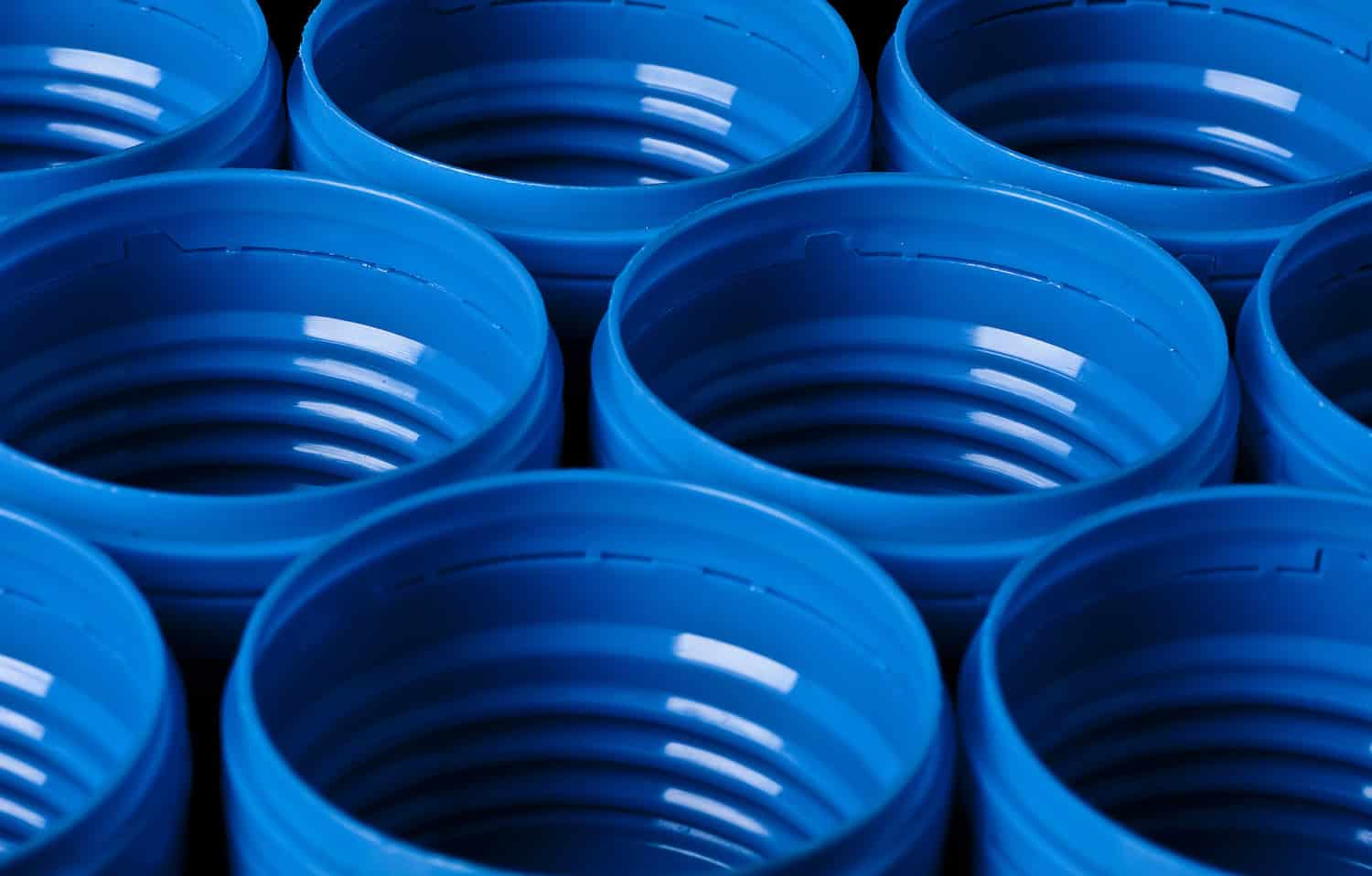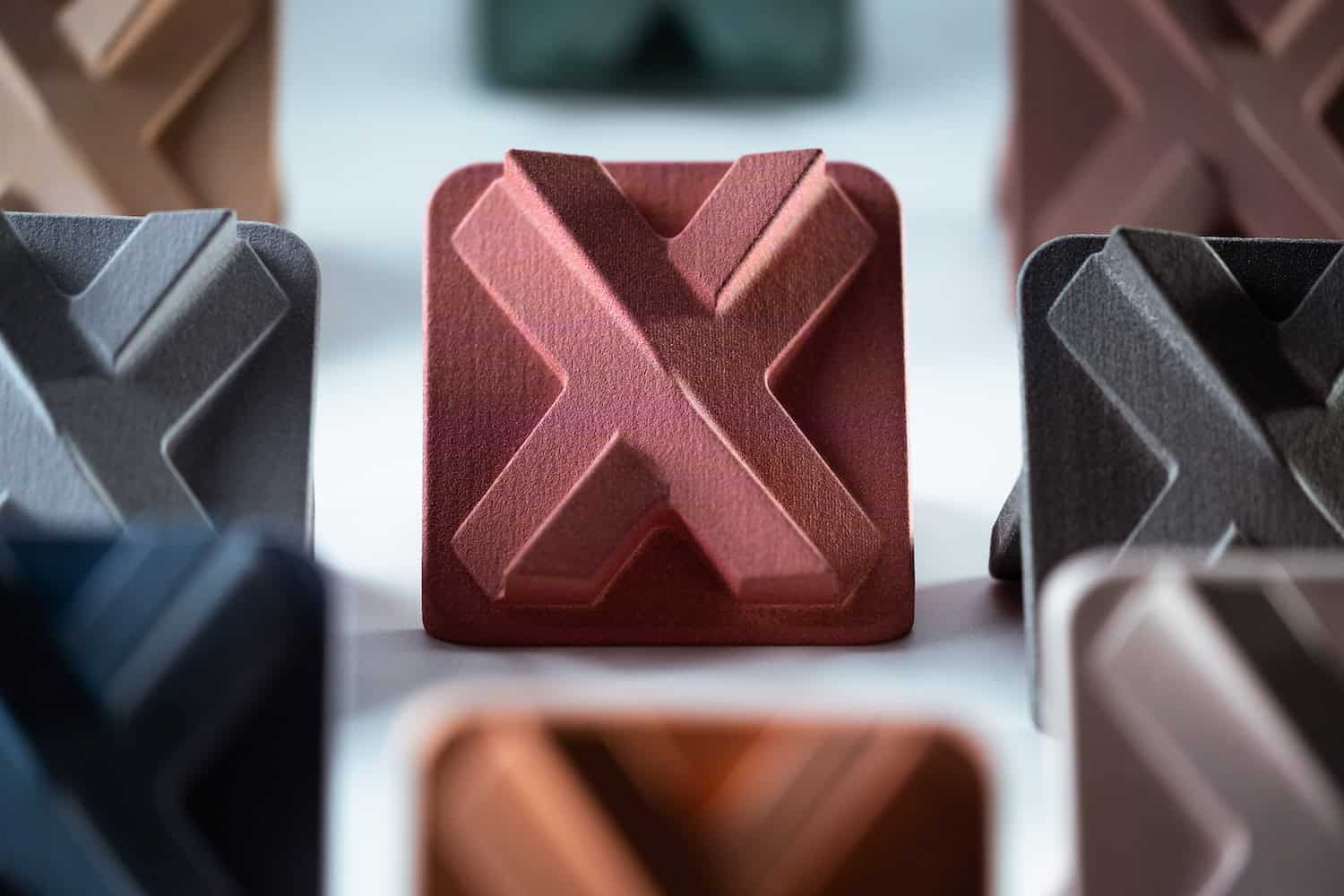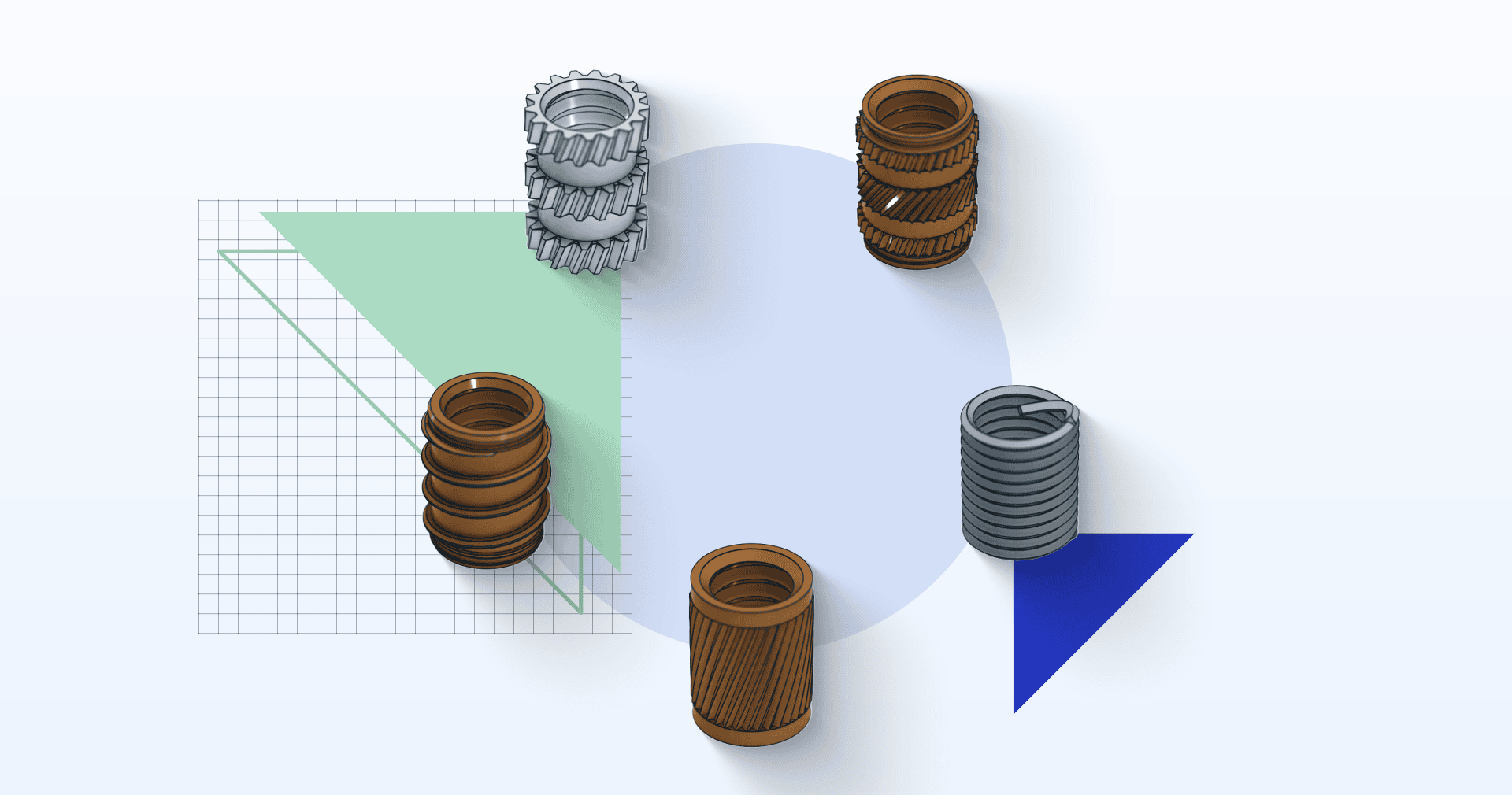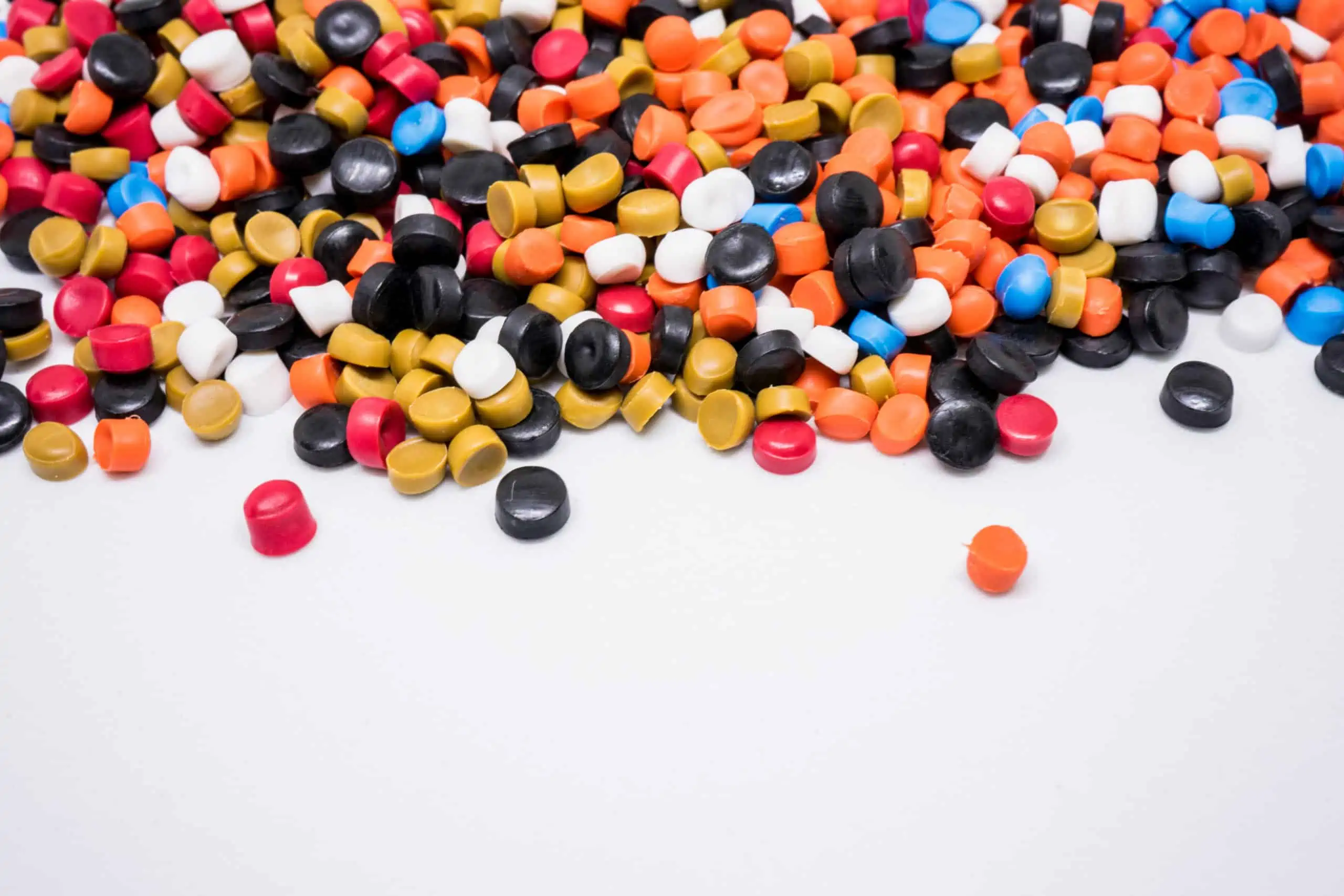Whether you’re a designer, manufacturer, or just curious about the world of plastic parts, this insight will provide you with the knowledge to ensure color consistency in your projects.
Color Systems in Plastic Injection Molding
In plastic injection molding (IM), the application of color goes beyond mere appearance. It signifies brand identity, function, and quality. Several color systems are available to help manufacturers achieve precise and consistent coloring.
- Pantone Matching System (PMS): Widely used for branding strategy and marketing, PMS allows for exact color matching across various materials.
- CIE L*a*b System: A color-opponent space that quantifies color sensations, enabling precise color communication and control.
- RAL Color System: This is a European color standard used mainly in architecture, construction, and industry, known for its comprehensive and accurate color representation.
- HSB (Hue, Saturation, Brightness): A cylindrical-coordinate system representing color in terms of human perception.
- RGB and CMYK: These systems are commonly utilised in digital printing and display, focusing on red, green, blue, and the combination of cyan, magenta, yellow, and black.
L*a*b Color System in Plastic Injection Molding
The L*a*b color system, also known as CIE L*a*b, stands at the forefront of precision in color representation. It operates on three dimensions: L* for lightness, a* for green to red, and b* for blue to yellow.
By quantifying color sensations, the L*a*b system creates a standardised color-opponent space, making it indispensable for industries needing exact color matching.
A vital benefit of the L*a*b system is its device-independent nature, meaning that colors remain consistent across different devices or displays.
Its mathematical foundation ensures that any color within human vision can be described, a crucial aspect in plastic injection molding where color precision is paramount.
Various online tools like this fix sensor are available for converting color values to the L*a*b system.

The RAL Color Standard in Injection Molding
The RAL color system, stemming from the German Reichs-Ausschuß für Lieferbedingungen, is a widely recognised European color standard. With over 2,300 colors, it’s extensively used in architecture, construction, and injection molding industries.

Unlike the L*a*b system, RAL focuses on categorising colors into collections, like Classic, Effect, and Design. It’s renowned for its accurate color representation, particularly in industrial applications.
Comparative Analysis: L*a*b vs. RAL
While both systems have their unique strengths, comparing them reveals distinct differences:
- Universality: L*a*b’s mathematical approach makes it more universal, while RAL’s categorised collections cater to specific industries
- Precision: L*a*b offers device-independent accuracy, whereas RAL’s physical color representations may differ across devices
- Application: L*a*b is broader, while RAL is often favoured in European industrial contexts
The choice between L*a*b and RAL depends on the specific requirements of the plastic injection molding project. Understanding their intricacies will help select the system that ensures color uniformity, satisfying technical demands and aesthetic preferences.

Achieving Color Uniformity in Plastic Injection Molding
Design Tips for Color Consistency
When it comes to maintaining color uniformity in plastic injection molding, the design stage plays a critical role. Here’s how to make it work:
- Material consideration: Understanding the material’s characteristics is crucial, as different engineering plastics react differently to colorants
- Colorant selection: Utilising high-quality colorants that match the polymer used helps achieve consistent shades
- Simulation and prototyping: Testing colors through simulation and prototypes ensures that the final product will match the desired tone
- Consider environmental impact: Different lighting conditions and environments can affect color appearance. Design with the end-use environment in mind
Selection Guide for Uniform Colors
Choosing suitable materials and methods is paramount for color uniformity in injection molding. Here’s a guide to follow:
- Understand the project requirements: Identify the exact color specifications and the intended application of the part
- Choose the right color system: Select between systems like L*a*b or RAL based on the project’s needs and industry standards
- Select appropriate colorants: Work with suppliers who provide industry-certified colorants, ensuring quality and consistency
- Consult with professionals: Engage with experienced engineers or color specialists who can guide you in achieving the exact shade

Sending a Sample to the Manufacturer: A Must-Do Step
A practical and often overlooked solution to ensuring color uniformity is sending a sample to the manufacturer. This sample, a 50 x 50 mm flat surface, can be a cut piece of material from a targeted color or a part you’d like to match with newly manufactured parts.
This practice of sending a sample to Xometry or the respective manufacturer allows for precision in color matching. It eliminates guesswork, reduces the risk of inconsistencies, and ensures that the final product aligns perfectly with the customer’s expectations.
Conclusion
In the multifaceted world of plastic injection molding, color uniformity is more than a visual aspect; it symbolises quality, brand identity, and customer satisfaction.
Through a detailed understanding of color systems like L*a*b and RAL, meticulous design planning, strategic selection, and sending a sample to the manufacturer, achieving precise color tones becomes an attainable goal.
These principles, rooted in technical expertise and collaboration, ensure that the final product resonates with the desired vision, paving the way for success in any plastic molding endeavour.
Xometry provides a wide range of manufacturing capabilities, including plastic injection molding and other value-added services for all of your prototyping and production needs.
 Europe
Europe  Türkiye
Türkiye  United Kingdom
United Kingdom  Global
Global 

 Login with my Xometry account
Login with my Xometry account  0
0








Comment(0)